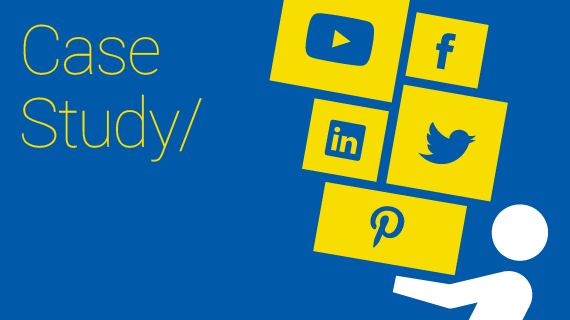Here I shall critically analyse and evaluate an email I received recently. The email is from a site I have apparently allowed to email me, although I have no recollection of when or why.
On an standard day, I would only open this email to find the unsubscribe link. I have no interest in helping the site improve as I do not frequent the site myself. The generic subject line does little to entice the user to view the email; there’s no intrigue or excitement, no possibility of any real benefit occurring. Upon opening the email, it’s a very bland and generic message with no personalisation. It is well laid out and kept cleanly to the minimum, but remains bland and uninviting, The use of a big block of colour and an explanation mark draw the user to the top section, ‘Help us improve our user experience!’ with the repetition of the colour on the link button attempting to draw the user toward clicking the link and taking the survey. Another positive is the clear, if very small, opt-out link a the bottom.
This is a very clear call to action with a simple focus and no additional, unnecessary, information. It is good that clicking through the link launches directly into the survey, although a landing page with more details may be desirable. It may be suggested that the call to action lacks urgency, however. There’s no mention of time within the email, neither how long the survey may take, nor when the survey must be taken before. I would argue that due to the sheer ease of it, there’s little excuse to send a generic email to everyone on a mailing list. It takes almost no time or effort to send a somewhat personalised email to everyone. Even a ‘Hi Matthew!’ at the start of the email may encourage people to give their time to helping the site.
Another thought regarding the blandness of the message is that it contains no images at all. Most emails these days contain multiple images for a multitude of reasons; perhaps the most obvious being the company logo. It is almost odd that an email would not contain anything like this. I can only presume that this is a deliberate choice to keep the email simple and concise, to make the point clear and to not distract. It was found by Fiona Ellis-Chadwick and Neil F. Doherty in ‘Web advertising: the role of email marketing‘ that 99% of sampled emails contained a brand logo and 91% used illustrations of some time. This study was conducted 8 years ago and the use of media within emails has only grown since then. This shows how abnormal this decision may be.
It’s hard to analyse this email by conventional standards as it simply doesn’t follow ‘traditional’ guidelines. There are a seemingly infinite number of ‘x steps to great email!’ articles online from an incredible number of reputable publications, but this email simply doesn’t follow those rules. It’s inherently simple and obvious;’we need you to do this, please do it’.
The landing page after following the link is again bland and generic. Obviously the landing page is hosted by the survey company rather than the website and as such there is little room to personalise or improve this. It is logical that it launches straight into the questions as this must make people more likely to answer them

